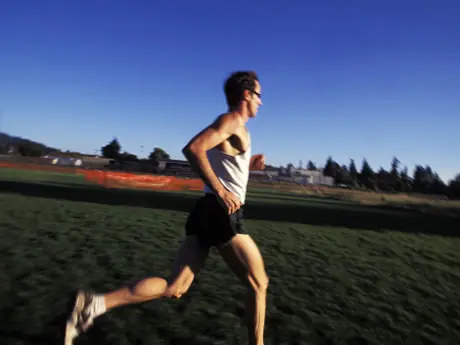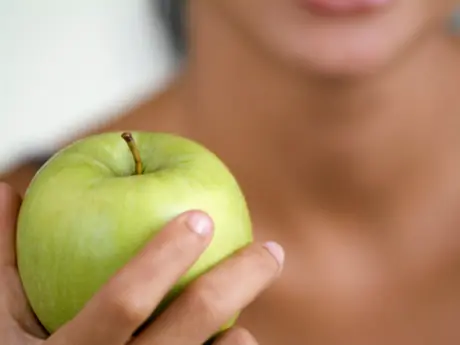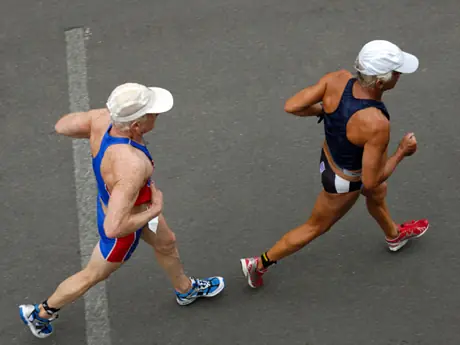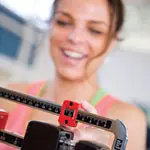
What if you could burn a bunch of calories just sitting around? It turns out you can. The catch is that a high intensity exercise session must precede the lounging. Research has demonstrated that a workout can boost post-exercise calorie burn by as much as 37 percent, a major implication for athletes looking to get down to their ideal racing weight.
One study out of the Human Performance Laboratory at Appalachian State University in North Carolina had 10 participants spend two separate 24-hour sessions in a metabolic chamber to prove this. During the first session they did a hard 45-minute cycling workout and during the second they simply rested. Results showed a significant uptick in after-burn following the cycling session, demonstrating that even after they had gotten out of the saddle, their bodies continued to burn through calories.
More: Will I Run Faster If I Lose Weight?
Why High-Intensity Interval Training Burns More Calories
The research suggests that high-intensity interval training (HIIT) most effectively bumps up metabolism for hours to come following exercise, far more than an easy steady-state workout. The so-called "after-burn effect" is also referred to as excess post-exercise oxygen consumption (EPOC), and is thought to be a result of the body adapting to the strenuous exercise just performed and, in turn, restoring it to a resting state. "EPOC is the body using extra oxygen to return itself to homeostasis, including normal breathing, temperature, and regulation of hormones," explains Jill Koegel, a registered dietician and ACE personal trainer for certified nutrition of Omaha.
More: How to Complete High-Intensity Interval Hill Workouts
Of course, the lab and the gym are two very different scenarios. Even still, coaches and trainers assert the after-burn effect is real. "In my experience, HIIT-style exercise does lead to feelings of energy, better self-control, and increased sweating post-exercise," says Koegel. "These can all be signs of increased metabolism following exercise."
- 1
- of
- 4
About the Author

Get ACTIVE on the Go


Couch to 5K®
The best way to get new runners off the couch and across the finish line of their first 5K.
Available for iOS | Android







Discuss This Article